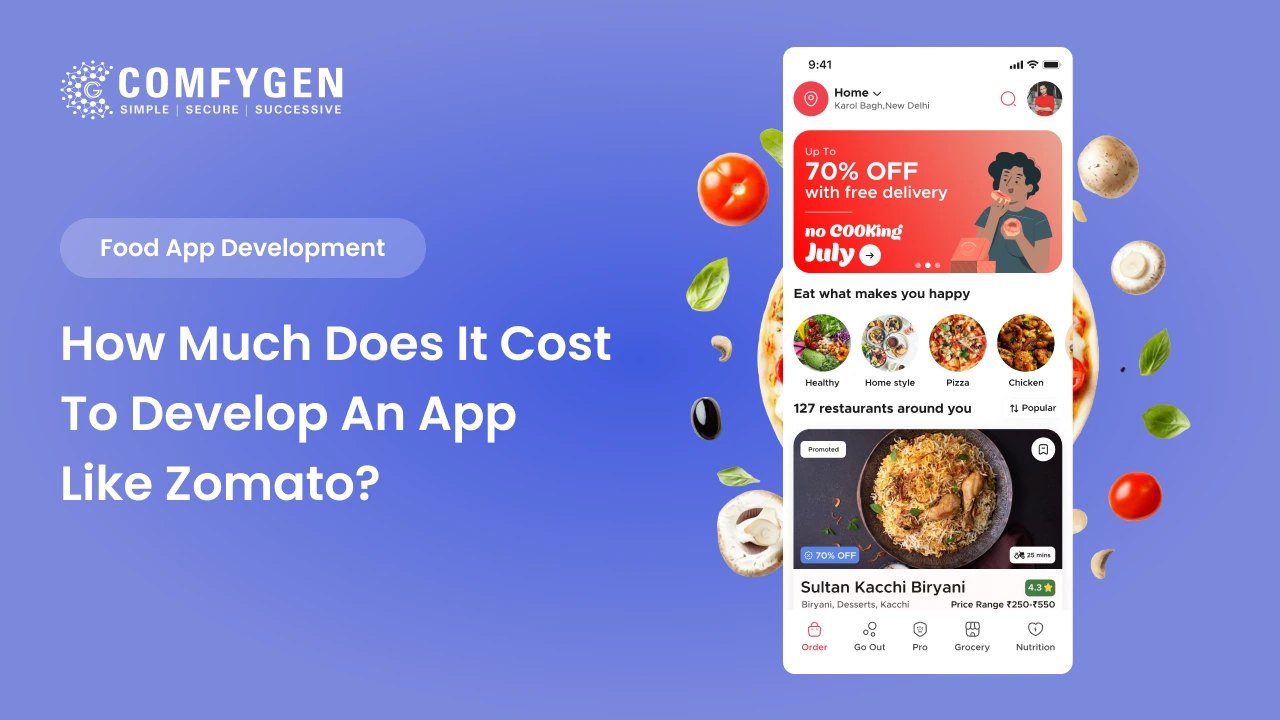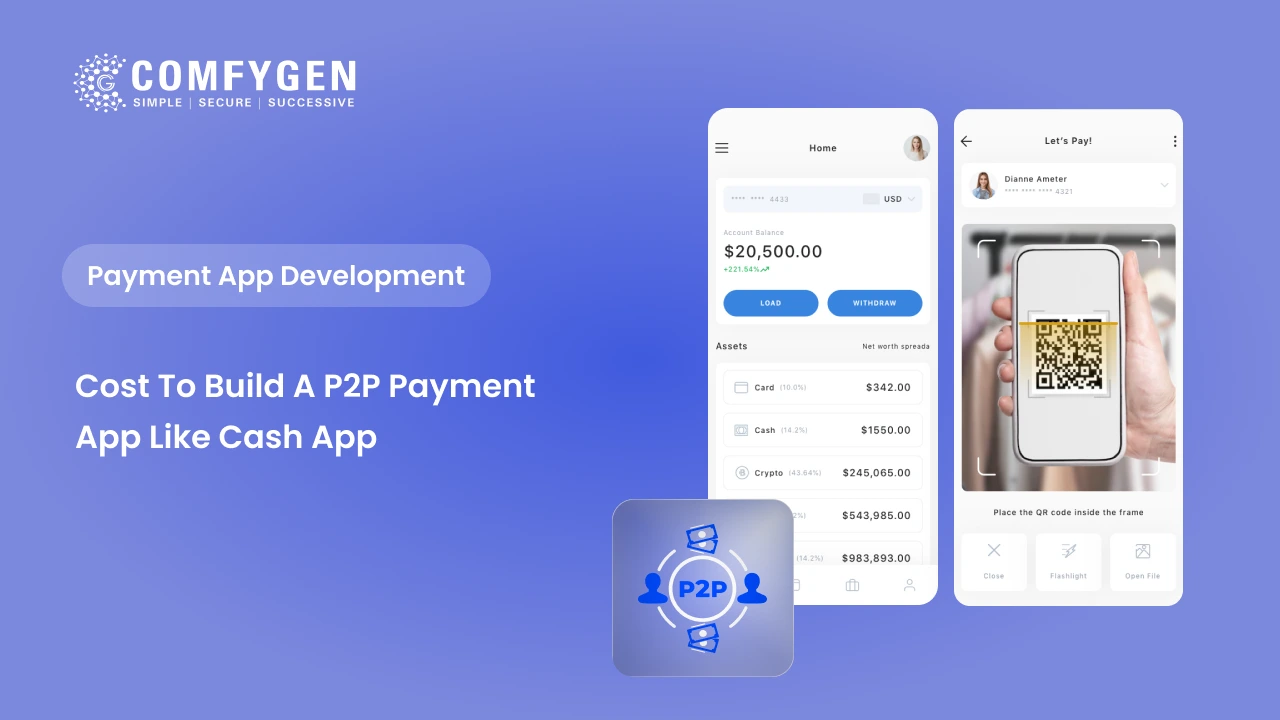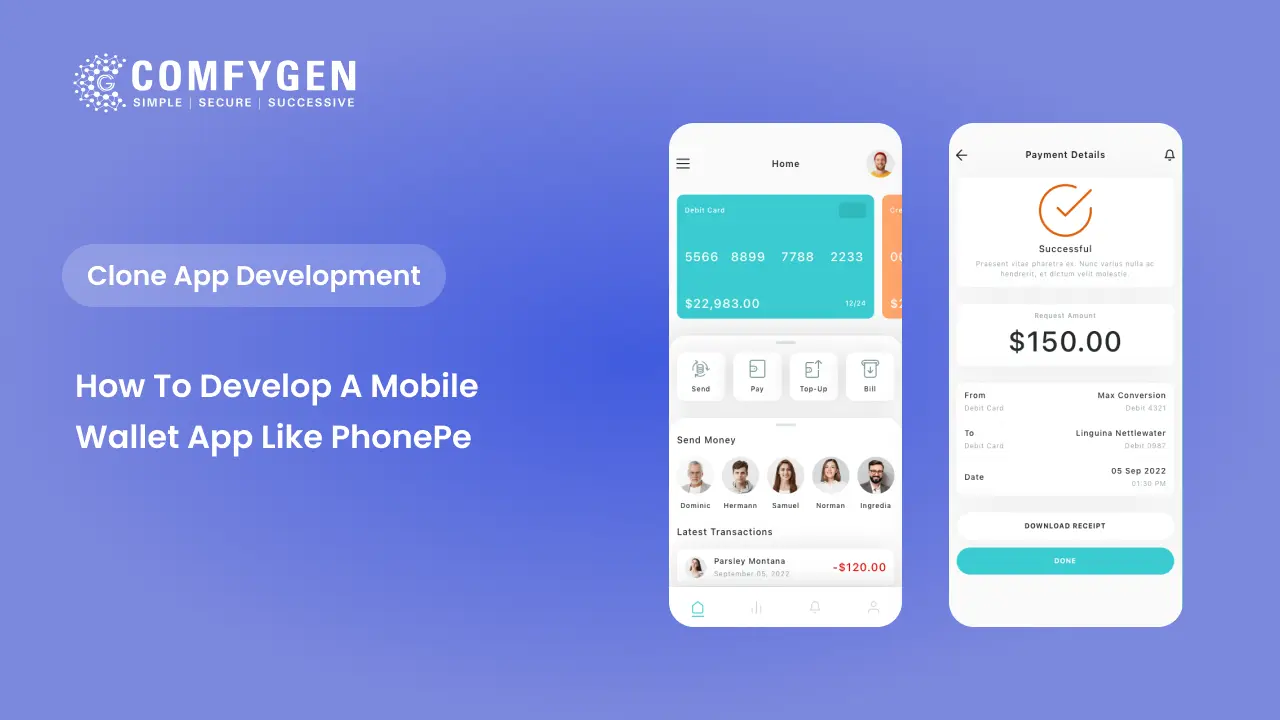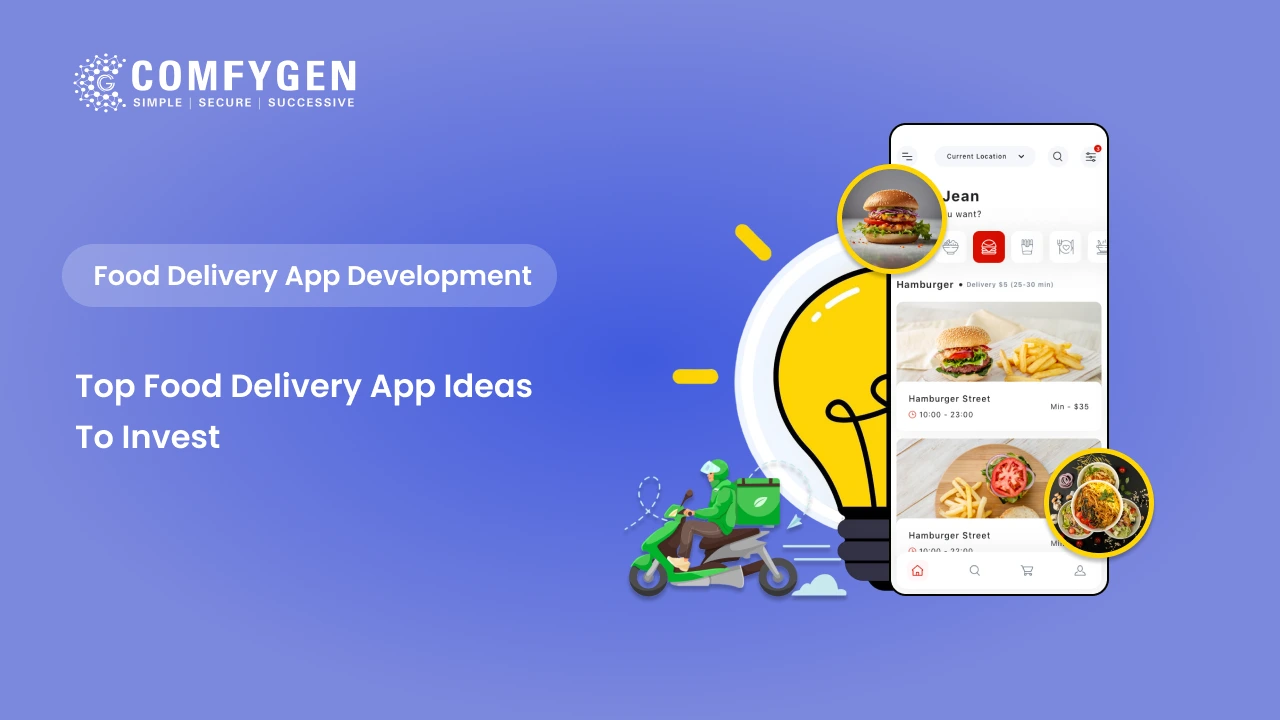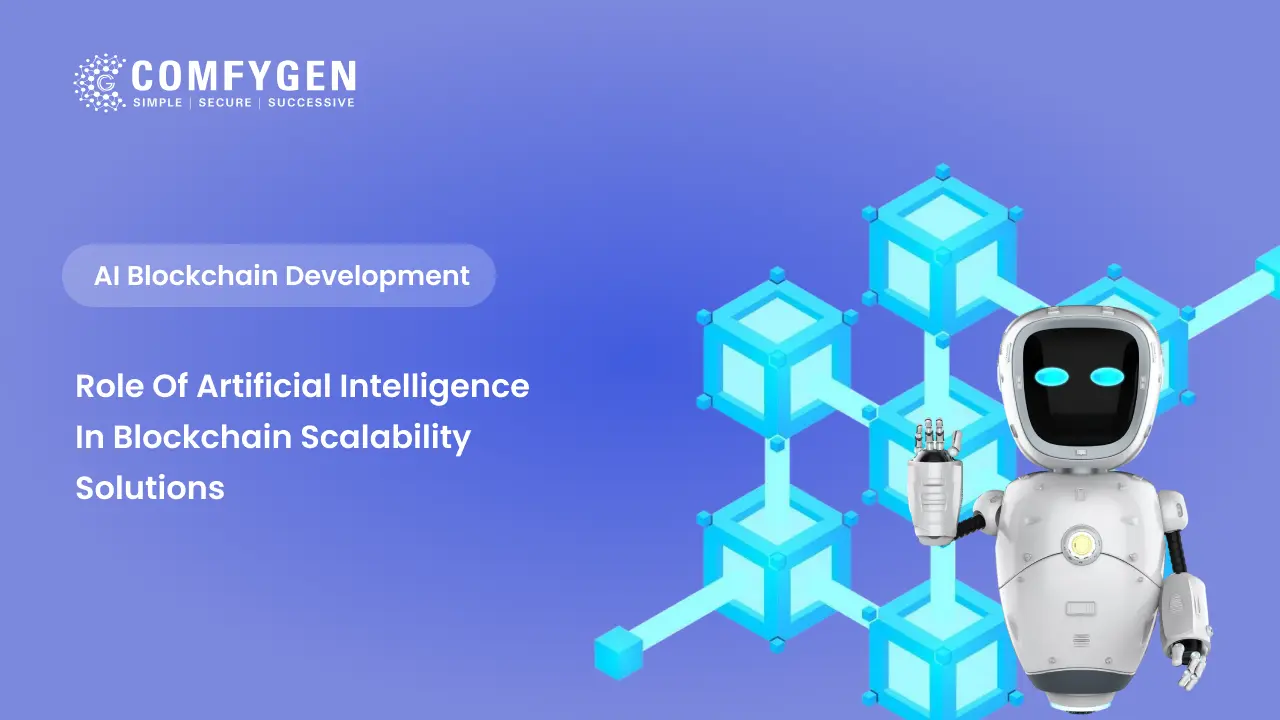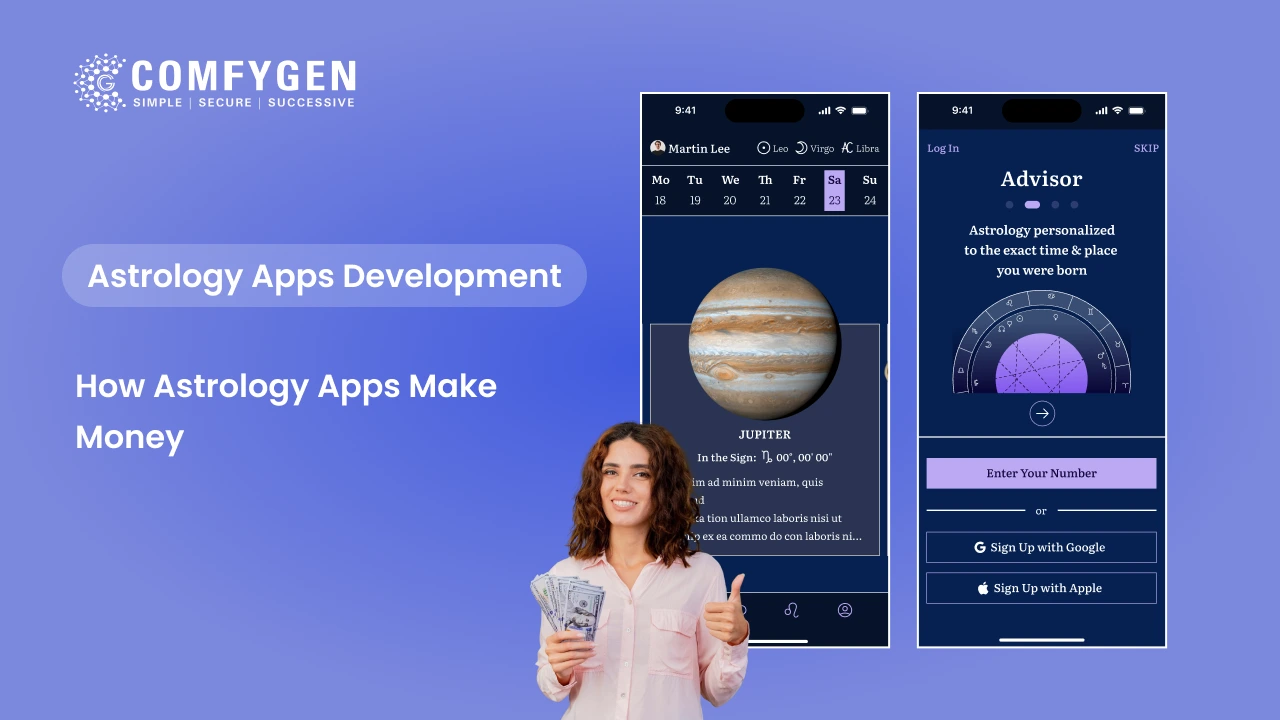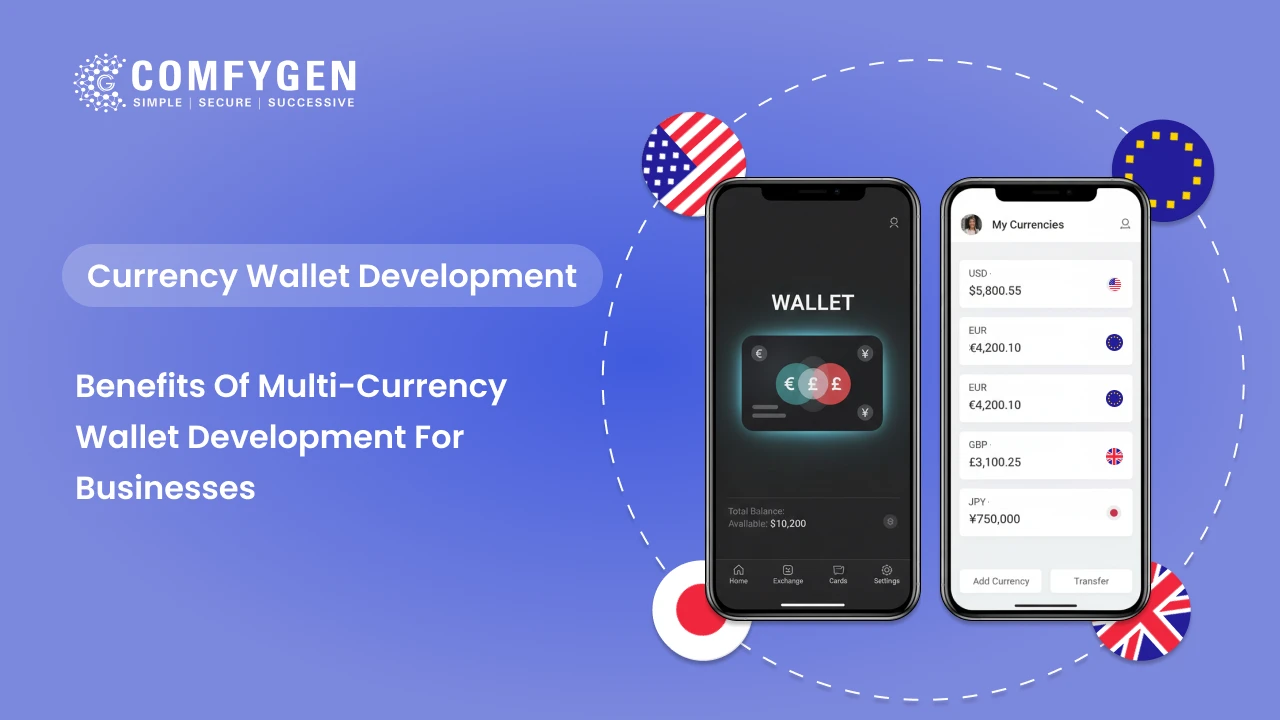How Much Does It Cost To Develop An App Like Zomato?
In the financial year 2024 last quarter; food deliveries at Zomato accounted for 20.5 Billion rupees (higher than in previous quarters). Moreover, besides food deliveries, Zomato’s revenue came from Hyprpure (B2B Supplies).
The online food delivery business grows massively every year, and that is influencing every entrepreneur to build an app like Zomato. However, the first question that arises is “Cost of building an online food delivery app”.
This blog will share a detailed breakdown of the cost of developing an app like Zomato. Go through the demonstration, and get an estimation for your food delivery app development project.
Average Cost of Developing Zomato like App
When planning to develop an app like Zomato, the first question on most entrepreneurs’ minds is, “How much will it cost?” The cost of developing a food delivery app like Zomato varies significantly based on factors such as app features, development team, design complexity, and location of the development team.
On average, the cost of building a Zomato-like app ranges from $30,000 to $150,000, depending on the complexity and scope of the project. Here’s a general breakdown:
Basic App with Core Features
- Cost: $30,000–$50,000
- Includes features like user registration, restaurant listings, menu display, basic search, and order placement.
- Ideal for startups testing the market with an MVP (Minimum Viable Product).
Medium-Complexity App
- Cost: $50,000–$100,000
- Includes advanced features like real-time order tracking, push notifications, payment integration, ratings and reviews, and admin panels.
- Suitable for businesses aiming to scale and attract a larger user base.
High-End App with Advanced Features
- Cost: $100,000–$150,000 or more
- Includes AI-based recommendations, chatbots for customer support, personalized user experiences, and integration with third-party APIs like Hyprpure or delivery logistics.
- Ideal for companies looking to compete with established players like Zomato and Swiggy.
Investing in a Zomato-like app is a strategic move considering the massive growth of the online food delivery market. With careful planning and the right online food delivery app development company, you can build a cost-effective Zomato app development that meets your business goals.
Factors to Consider When Estimating the Cost of Building Food Delivery App
Developing a food delivery app similar to Zomato requires a thorough understanding of the factors influencing the overall cost. Each of these elements impacts the final budget, and accounting for them ensures that you allocate resources effectively. Here are the key factors to consider:
Food Delivery App Features and Functionality
The complexity and number of features are the most significant cost drivers. Basic features like user registration, restaurant search, and order placement are cost-effective, while advanced functionalities like AI-based recommendations, real-time tracking, and multi-language support require more resources and development time.
Food Delivery App Development Platform
- Single Platform: Developing for food delivery Android app or food delivery iOS app costs less than creating a cross-platform app.
- Cross-Platform: Building a hybrid app using technologies like React Native app development or Flutter development can reduce development time but may slightly increase initial costs.
Food Delivery App Design Complexity
A visually appealing and user-friendly interface is crucial. While templates can save costs, custom food delivery web app designs with interactive elements, animations, and branding add to the expense.
Mobile App Development Team
- Freelancers: Affordable but may lack consistency and quality assurance.
- In-House Team: Provides full control but involves higher costs for salaries and infrastructure.
- Outsourced Agencies: Reliable and cost-effective, especially when partnered with experienced companies in regions like India.
Backend Infrastructure
The app’s backend must handle tasks like managing user data, processing payments, and tracking orders. Incorporating scalability, high security, and cloud services like AWS or Firebase increases the cost but ensures reliability.
Third-Party Integrations
APIs for payment gateways (e.g., Stripe, Razorpay), mapping services (e.g., Google Maps), and communication (e.g., Twilio for notifications) incur additional expenses.
Testing and Quality Assurance
Rigorous testing for bugs, performance, and security is essential. Manual and automated testing processes add to the timeline and cost.
Location of Food Delivery App Development Team
Costs vary significantly based on the geographic location of the team:
- US/UK: $100–$200/hour
- Eastern Europe: $50–$100/hour
- India/Asia: $20–$50/hour
Maintenance and Updates
Post-launch, the app will require regular updates, bug fixes, and feature additions. This ongoing maintenance is a crucial part of the overall cost.
Marketing and Promotion
Allocating a budget for pre-launch campaigns, social media marketing, and influencer partnerships is necessary for user acquisition and engagement.
Cost based on Features of Online Food Delivery App
To create a functional and user-friendly app like Zomato, it’s essential to focus on the must-have features. These are the core features that ensure smooth operations and meet the expectations of users, restaurants, and delivery personnel. Here’s a breakdown of the essential features along with their estimated costs:
User Registration and Login
Allows users to sign up using email, phone numbers, or social media accounts.
Cost: $1,000–$2,000
Restaurant Listings and Menu Display
Provides a catalog of restaurants with menus, cuisines, and pricing details.
Cost: $2,000–$4,000
Search and Filters
Helps users find restaurants or dishes based on location, cuisine, ratings, or price range.
Cost: $1,500–$3,000
Order Placement
Enables users to select items, customize their orders, and place them seamlessly.
Cost: $2,000–$4,000
Payment Gateway Integration
Integrates multiple payment options like credit/debit cards, wallets, UPI, and net banking.
Cost: $2,000–$5,000
Real-Time Order Tracking
Allows users to track the status and location of their orders in real time.
Cost: $3,000–$6,000
Push Notifications
Sends alerts for order confirmation, delivery updates, and promotional offers.
Cost: $1,000–$2,000
Reviews and Ratings
Lets users rate their orders and share feedback on restaurants and delivery services.
Cost: $1,000–$2,000
Delivery Person Module
Includes navigation assistance, delivery status updates, and order details for delivery personnel.
Cost: $3,000–$6,000
Admin Dashboard
A centralized system for managing users, restaurants, orders, and payments.
Cost: $5,000–$10,000
Total Estimated Cost of Food Delivery App Development
For an app with must-have features, the food delivery app development cost typically ranges between $30,000 and $50,000, depending on the complexity and design requirements.
Cost for Implementing Advanced Features to Make Food Delivery App like Zomato
To stay competitive and provide an exceptional user experience, apps like Zomato include advanced features that enhance functionality and engagement. These features require more resources and expertise, increasing the Zomato development cost. Here’s a breakdown of key advanced features and their estimated costs:
AI-Based Recommendations
Uses machine learning to analyze user preferences and suggest personalized restaurants, dishes, or offers.
Cost: $4,000–$8,000
In-App Chat Support
Enables real-time communication between users, restaurants, and support teams.
Cost: $2,000–$4,000
Multi-Language and Multi-Currency Support
Expands app usability across different regions by supporting multiple languages and currencies.
Cost: $2,000–$5,000
Scheduled Orders
Allows users to schedule food deliveries at a specific time and date.
Cost: $2,000–$4,000
Real-Time Data Analytics
Provides insights into user behavior, sales trends, and delivery performance for app admins.
Cost: $4,000–$8,000
Driver Incentive Programs
Tracks driver performance and automates incentive distribution.
Cost: $3,000–$6,000
Subscription Models
Offers premium membership plans (e.g., Zomato Gold) for benefits like discounts and free deliveries.
Cost: $3,000–$6,000
Advanced Search with Filters
Adds filters like dietary preferences (vegan, gluten-free), offers, or meal types (breakfast, dinner).
Cost: $1,500–$3,000
Integration with Third-Party APIs
Includes services like Google Maps for navigation, Twilio for messaging, and payment gateways for seamless transactions.
Cost: $3,000–$7,000
Voice Search and Ordering
Lets users search for restaurants or place orders using voice commands.
Cost: $4,000–$8,000
AR-Based Menu Previews
Offers a virtual preview of dishes using Augmented Reality (AR) for an immersive experience.
Cost: $5,000–$10,000
Loyalty and Reward Programs
Tracks user activity and offers points or discounts to encourage repeat orders.
Cost: $3,000–$6,000
Estimated Total Food Delivery App Development Cost for Advanced Features
The implementation of advanced features can add $20,000 to $50,000 or more to the food delivery app development cost, depending on the feature set and complexity.
These features not only enhance user engagement but also contribute to building brand loyalty and increasing revenue. By strategically integrating advanced functionalities, you can elevate your food delivery app to compete with industry leaders like Zomato and Swiggy.
Cost for Tech-Stacks Used in Online Food Delivery App Development
Choosing the right tech stack is critical to the performance, scalability, and security of an online food delivery app. The tech stack includes programming languages, frameworks, databases, cloud services, and tools required for development. The cost of implementing these technologies varies based on their complexity, licensing, and customization needs.
1. Frontend Development
- Technologies: React Native app development, Flutter development, Angular, or Swift (for iOS) and Kotlin (for Android).
- Purpose: Manages the app’s user interface and experience.
Cost: $10,000–$25,000
2. Backend Development
- Technologies: Node.js development, Python (Django/Flask), Ruby on Rails, or Java (Spring).
- Purpose: Manages the app’s logic, server-side operations, and database interactions.
Cost: $10,000–$30,000
3. Database Management
- Technologies: MySQL, PostgreSQL, MongoDB, or Firebase.
- Purpose: Stores and retrieves data like user details, order history, and restaurant information.
Cost: $1,500–$5,000
4. API Integration
- Technologies: RESTful APIs or GraphQL.
- Purpose: Facilitates communication between the frontend and backend or integrates third-party services like payment gateways and maps.
Cost: $3,000–$7,000
5. Payment Gateway Integration
- Technologies: Stripe, Razorpay, PayPal, or Braintree.
- Purpose: Ensures secure and seamless payment processing.
Cost: $2,000–$5,000
6. Mapping and Navigation
- Technologies: Google Maps API, Mapbox, or OpenStreetMap.
- Purpose: Provides location tracking, navigation for deliveries, and geolocation services.
Cost: $2,000–$4,000
7. Cloud Services
- Technologies: AWS, Microsoft Azure, or Google Cloud.
- Purpose: Offers hosting, storage, and computing power for app operations.
Cost: $5,000–$15,000/year
8. DevOps and CI/CD
- Technologies: Docker, Jenkins, Kubernetes, or GitHub Actions.
- Purpose: Automates deployment, testing, and monitoring to ensure smooth operations.
Cost: $3,000–$6,000
9. Security Tools
- Technologies: SSL/TLS certificates, firewalls, and tools for data encryption and vulnerability assessments.
- Purpose: Protects user data, transactions, and app operations from breaches.
Cost: $2,000–$5,000
10. Analytics Tools
- Technologies: Google Analytics, Firebase Analytics, or Mixpanel.
- Purpose: Tracks user behavior, app performance, and key metrics.
Cost: $1,500–$3,000
Total Estimated Cost for Tech-Stacks
- Basic Tech Stack: $20,000–$50,000
For an MVP with essential technologies. - Advanced Tech Stack: $50,000–$100,000
For a fully-featured app with advanced functionalities and scalability.
Cost of Advanced Technologies in Food Delivery App
Advanced technologies are pivotal in transforming a food delivery app from a functional platform to a market-leading solution. These technologies enhance user engagement, streamline operations, and provide innovative features that set your app apart. Below is a breakdown of advanced technologies and their associated costs:
Artificial Intelligence (AI) and Machine Learning (ML)
Use Cases: Personalized food recommendations, demand forecasting, fraud detection, and delivery route optimization.
Cost: $10,000–$25,000
(Depending on the complexity and customization of AI models.)
Blockchain Technology
Use Cases: Secure payment systems, transparent order tracking, and tamper-proof data sharing.
Cost: $8,000–$20,000
(Varies based on blockchain development platforms like Ethereum or Hyperledger.)
Internet a Things (IoT) into Food Delivery App
Use Cases: Real-time tracking of delivery personnel, temperature monitoring for perishable items, and inventory control.
Cost: $15,000–$30,000
(Depends on the scale and number of connected devices.)
Big Data Analytics
Use Cases: Customer behavior analysis, sales trends, and operational insights.
Cost: $10,000–$20,000
(Based on data volume, storage needs, and analytics tools.)
Augmented Reality (AR)
Use Cases: Virtual menu previews, AR-enhanced restaurant marketing, and engaging user experiences.
Cost: $5,000–$12,000
(Depends on the level of interactivity and AR content.)
Predictive Analytics
Use Cases: Anticipating order patterns, optimizing delivery schedules, and crafting targeted marketing campaigns.
Cost: $7,000–$15,000
(Depends on data modeling and predictive tools.)
Advanced Geolocation Services
Use Cases: Accurate delivery tracking, geofencing for specific offers, and route optimization.
Cost: $5,000–$10,000
(Based on mapping APIs and geolocation tools.)
Cloud Computing
Use Cases: Scalable storage, real-time updates, and seamless app performance during high traffic.
Cost: $10,000–$20,000/year
(Depends on the cloud service provider like AWS, Google Cloud, or Microsoft Azure.)
Chatbots and Voice Assistants
Use Cases: 24/7 customer support, voice-based food ordering, and real-time assistance.
Cost: $3,000–$8,000
(Depends on NLP tools and integrations.)
Subscription Models
Use Cases: Implementing premium memberships for exclusive discounts or benefits (e.g., Zomato Gold).
Cost: $5,000–$10,000
(Varies based on complexity and user base.)
Why Invest in Advanced Technologies?
- Improves user satisfaction through personalization and convenience.
- Enhances operational efficiency with automation and data insights.
- Differentiates your app in a competitive market.
Cost Breakdown Based on Food Delivery App Development Process
| Process Stage | Cost (USD) |
| Requirement Gathering & Analysis | $2000 – $5000 |
| UI & UX Designs | $3000 – &8000 |
| Backend Development | $10000 – $30000 |
| Frontend Development | $10000 – $20000 |
| Database Designs & Integration | $3000 – $7000 |
| API Development & Integration | $3000 – $8000 |
| Quality Assurance & Testing | $5000 – $10000 |
| Deployment & Launch | $2000 – $5000 |
| Support & Maintenance | $5000 – $15000 |
How does Comfygen Help in Food Delivery App Development?
Comfygen is a leading mobile app development company with extensive experience in creating scalable, innovative, and user-friendly food delivery apps like Zomato. By combining technical expertise with a deep understanding of the food delivery industry, Comfygen ensures that your app is not only feature-rich but also cost-efficient, catering to both startups and established enterprises. From concept to deployment, Comfygen provides end-to-end development services tailored to your specific requirements.
- Expert Developers: A skilled team ensures feature-rich, user-friendly, and robust applications.
- Custom Solutions: Tailored apps to meet unique business goals and needs.
- Competitive Pricing: Cost-effective solutions without compromising quality or performance standards.
- Cutting-Edge Technologies: Integrates AI, real-time tracking, and cloud-based advanced tools.
- Post-Launch Support: Comprehensive maintenance ensures smooth operation and updated features.
Final Verdict
Developing a food delivery app like Zomato is an exciting opportunity to enter a booming industry with immense potential. The cost of building such an app depends on various factors, including the features, tech stack, and development process. By starting with essential functionalities and gradually integrating advanced technologies, you can create a scalable and user-friendly platform that meets market demands.
Partnering with a reliable food delivery app development company like Comfygen ensures your app is built efficiently, within budget, and tailored to your business needs. Whether you are a startup or an established business, investing in a Zomato-like app can drive growth and profitability in the dynamic food delivery sector. Plan wisely, choose the right app development team, and make your food delivery app vision a reality!

Mr. Saddam Husen, (CTO)
Mr. Saddam Husen, CTO at Comfygen, is a renowned Blockchain expert and IT consultant with extensive experience in blockchain development, crypto wallets, DeFi, ICOs, and smart contracts. Passionate about digital transformation, he helps businesses harness blockchain technology’s potential, driving innovation and enhancing IT infrastructure for global success.
Based on Interest
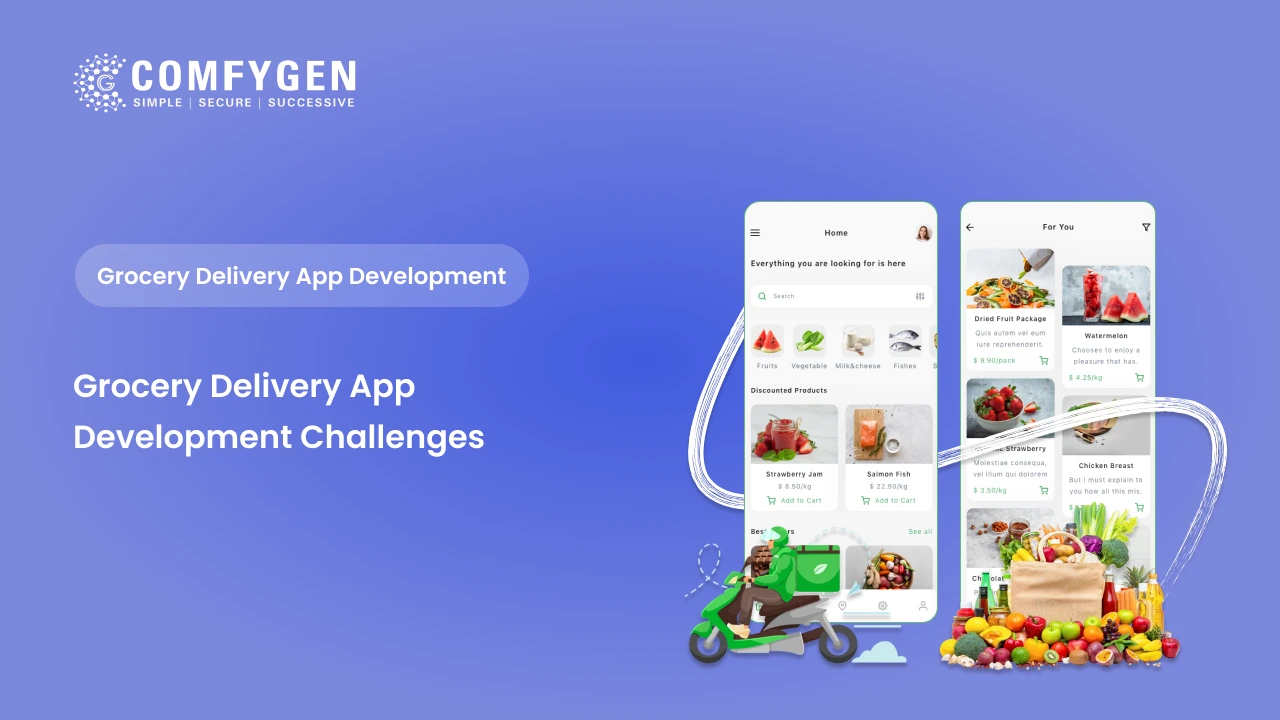
Grocery Delivery App Development Challenges: Common Problems and How to Overcome Them
In today's fast-paced digital age, the online grocery delivery industry is experiencing significant growth. With consumers preferring doorstep facilities over traditional shopping,…

